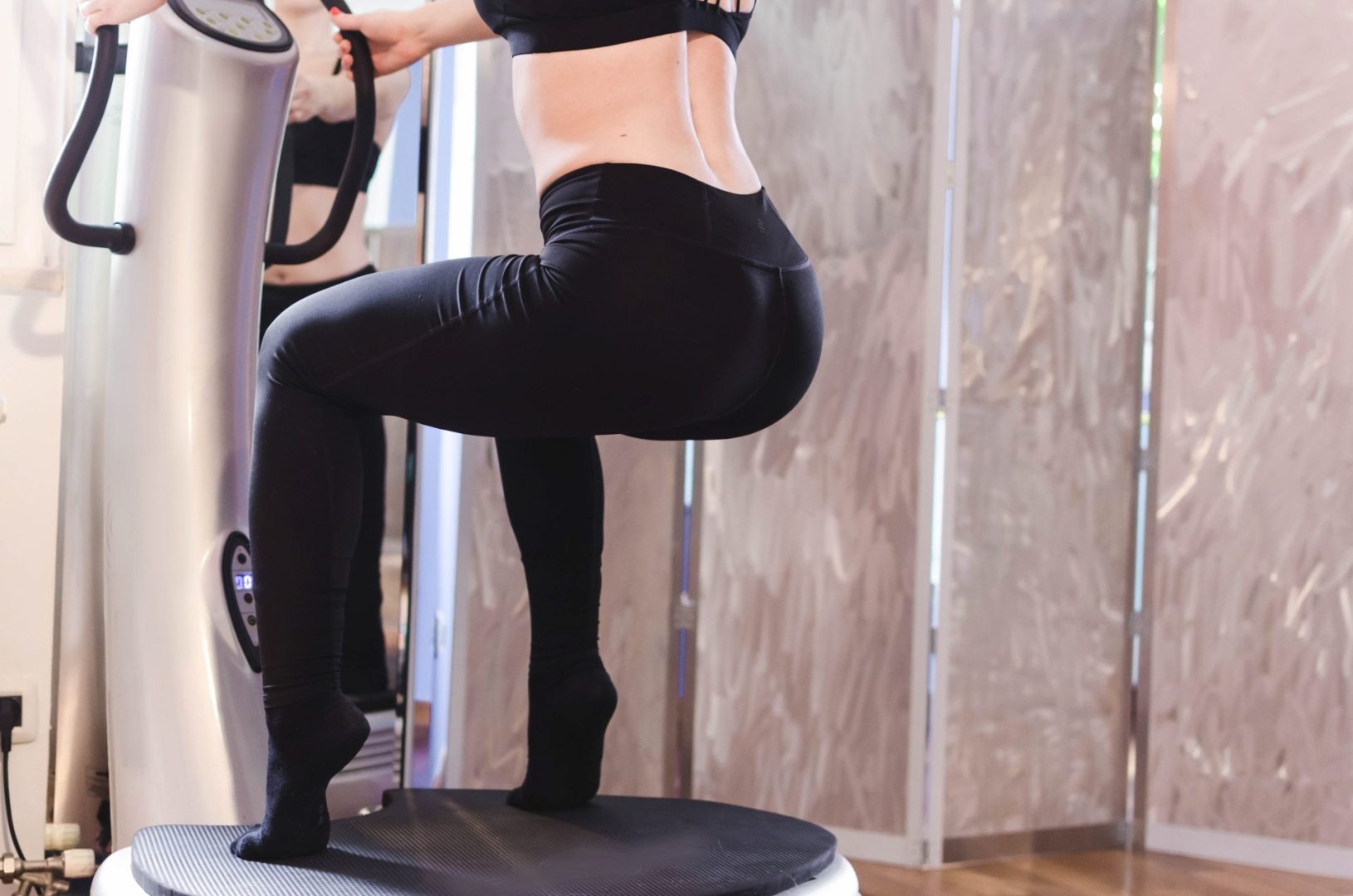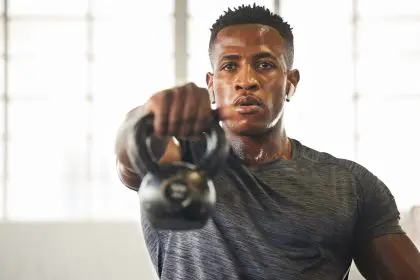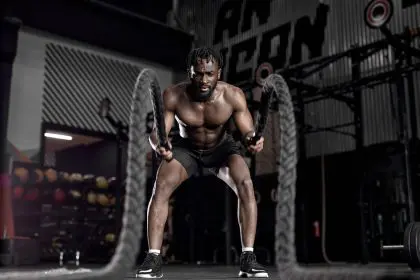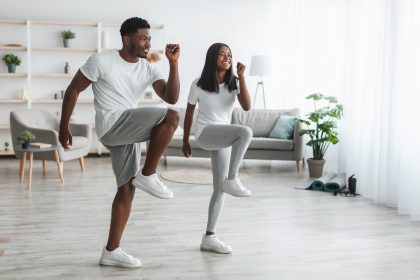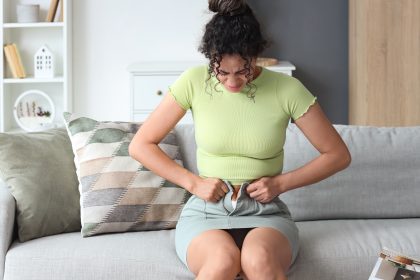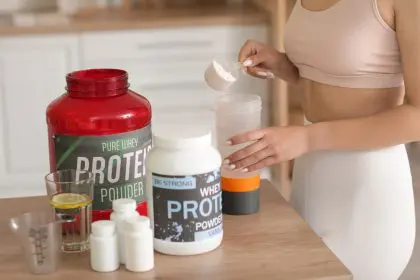Once a niche gadget found only in high-end fitness studios, vibration plates have made their way into home gyms across America, promising everything from improved circulation to enhanced workout recovery. These motorized platforms, which create oscillating movements beneath your feet, are gaining popularity for their versatility and effectiveness.
The modern vibration plate actually has roots dating back to 19th-century Swedish therapy techniques, but today’s sleek designs offer much more than their historical counterparts. With prices ranging from budget-friendly $80 models to professional-grade options costing several thousand dollars, there’s a vibration plate for every fitness enthusiast.
What exactly makes vibration plates worth the buzz?
Vibration plates work by creating rapid movements that cause your muscles to contract and relax dozens of times per second. This mechanism forces your body to work harder to maintain balance and stability, even during simple exercises or stretches.
The science behind vibration training shows promising results across multiple fitness goals. Researchers have found that whole-body vibration can help increase blood flow, reduce muscle soreness after workouts, and potentially enhance calorie burning during exercise sessions.
“These devices aren’t magic weight loss machines, but they can definitely complement a comprehensive fitness routine,” explains Winnie Yu, a certified strength and conditioning specialist and physical therapist based in New York.
The top benefits fitness experts highlight
Enhanced muscle activation during standard exercises is one of the primary advantages of using vibration plates. The rapid oscillations force your muscles to work harder, even during simple movements. Improved blood circulation throughout the body is another key benefit, as the vibrations help stimulate blood flow to various tissues and organs.
Users also report reduced recovery time between intense workouts, making vibration plates popular among athletes. The increased range of motion during stretching routines is particularly notable, as the vibration helps relax tight muscles for deeper stretches.
Better balance and stability development occurs naturally as your body adapts to the unstable surface. Research suggests a potential boost in bone density with regular use, which is especially valuable for older adults. Many find vibration plates to be an accessible exercise option for those with mobility limitations, allowing for effective workouts with reduced joint stress.
Finally, the time-efficient workout enhancement makes vibration plates perfect for busy schedules, as they can intensify results in shorter time periods.
These benefits make vibration plates particularly appealing for anyone looking to maximize their exercise time or add a new dimension to their fitness regimen.
Getting started with vibration plate training
For beginners, the world of vibration training can seem intimidating. The key is starting slow and building gradually, according to Rachelle Reed, an exercise scientist from Athens, Georgia.
“Many people make the mistake of jumping right into advanced exercises on high intensity settings,” Reed notes. “This can be counterproductive and potentially cause discomfort or dizziness.”
Instead, Reed recommends beginning with a 5- to 10-minute stretching routine on the plate using a lower intensity setting. This allows your body to adapt to the sensation while still receiving benefits.
After becoming comfortable with the vibration, you can gradually incorporate simple strength exercises and eventually work up to more challenging movements.
Safety considerations everyone should know
Not everyone should use vibration plates, and certain medical conditions warrant caution or complete avoidance. Individuals with specific health concerns should consult a healthcare provider before trying vibration training.
Those with a history of vestibular issues or balance problems might find the oscillating sensations disorienting or uncomfortable. People who experience chronic headaches or migraines should be cautious, as vibration could potentially trigger symptoms in sensitive individuals.
Low blood pressure or orthostatic hypotension can be problematic when using vibration plates, as the increased circulation might cause lightheadedness. Anyone with recent surgeries or acute injuries should wait until fully healed before attempting vibration training.
Pregnant women are generally advised to avoid vibration plates as a precaution. Those with cardiovascular concerns, neurological conditions, or acute inflammation and infection should also seek medical clearance first.
Even for healthy individuals, moderation is key. Daily use is generally considered safe for lower-intensity activities like stretching, but more intense vibration workouts should be limited to every other day to allow for proper recovery.
“Listen to your body,” advises Yu. “If you experience dizziness, nausea, or unusual pain during or after using a vibration plate, that’s your cue to stop and reassess.”
Expert-approved stretches to try first
Before advancing to more complex exercises, try these effective stretches on your vibration plate to get comfortable with the sensation and improve flexibility:
Cross-body stretch for shoulder mobility
This simple stretch targets the posterior shoulder and upper back muscles.
Sit comfortably on the plate with your back straight. Extend your left arm across your chest at shoulder height, then use your right forearm to gently pull the arm closer to your body. Hold for 30 to 60 seconds while breathing deeply, then switch sides and repeat.
The vibration enhances this stretch by helping to relax tight muscles and potentially increasing range of motion more effectively than static stretching alone.
Seated figure-four stretch for hip flexibility
This popular stretch targets the often-tight external hip rotators and glutes.
Sit on the vibration plate with good posture. Cross your right ankle over your left thigh, creating a figure-four shape. Gently hinge forward from your hips while keeping your back straight. Feel the stretch deepen in your right glute and hip. Hold for 30 seconds before switching sides.
The subtle movements from the plate help access deeper layers of muscle tissue, making this particularly effective for desk workers and those with hip tightness.
Butterfly stretch for inner thighs
This classic stretch becomes more effective with the addition of vibration.
Sit on the plate with your legs bent and feet flat. Open your legs and bring the soles of your feet together. Allow your knees to fall outward toward the sides. Gently push your knees down while maintaining a straight back. Lean forward slightly to intensify the stretch if desired.
The vibration helps relax the adductor muscles, often allowing for a deeper stretch than would be possible without it.
Beginner-friendly exercises to enhance your workout
Once you’ve grown accustomed to the vibration sensation through stretching, try incorporating these simple but effective exercises:
Bulgarian split squat for lower body strength
This unilateral exercise targets your quads, glutes, and hamstrings while challenging your balance.
Stand approximately two feet in front of the vibration plate. Place the top of your right foot on the plate behind you. Keep your chest up and core engaged. Lower your body until your right knee gently taps the floor. Press through your left heel to return to the starting position. Complete 8-12 repetitions before switching legs.
The instability created by the vibration increases muscle recruitment, particularly in the stabilizing muscles of your hips and core.
Inclined mountain climbers for core activation
This dynamic exercise elevates your heart rate while strengthening your core.
Start in a high plank position with your hands firmly planted on the vibration plate. Engage your core and maintain a straight line from head to heels. Drive your right knee toward your chest, then quickly switch to the left knee. Continue alternating legs at a controlled pace. Start with 20-30 seconds and build up your endurance over time.
The vibration adds an extra stability challenge, forcing your core muscles to work harder throughout the movement.
Glute bridge for posterior chain development
This exercise strengthens your glutes, hamstrings, and lower back.
Lie on your back on the floor with your feet centered on the vibration plate. Bend your knees at approximately 90 degrees. Keep your arms flat on the floor alongside your body. Squeeze your glutes and lift your hips until your body forms a straight line from shoulders to knees. Hold briefly at the top before lowering back to the starting position. Perform 12-15 repetitions for 2-3 sets.
The vibration increases muscle activation in your glutes and hamstrings while adding a slight balance challenge to this fundamental exercise.
Finding the right vibration plate for your needs
With numerous options on the market, choosing the right vibration plate can feel overwhelming. Here are some popular models that fitness experts recommend:
LifePro Vibration Plate ($150) offers a mid-range option with durability and effectiveness plus multiple intensity settings. Available on Amazon, it’s compact enough for home use but powerful enough for serious training.
AXV Vibration Plate ($90) provides an affordable entry-level option that’s perfect for beginners. While it may not have all the bells and whistles of premium models, it delivers the core benefits of vibration training at an accessible price point.
When selecting a model, consider factors like maximum weight capacity, amplitude of vibration (higher is more intense), frequency range (measured in Hertz), and available program settings.
Incorporating vibration training into your routine
For optimal results, fitness experts recommend using your vibration plate as a complement to, not a replacement for, traditional exercise. Here’s a simple framework for integration:
Use the plate for 5-10 minutes of dynamic stretching before your regular workout to increase blood flow and prepare muscles for activity. During your workout, perform a few standard strength training exercises on the plate to enhance muscle activation. End your session with 5 minutes of recovery stretches on the plate to improve flexibility and potentially speed recovery.
This approach ensures you’re maximizing the benefits of vibration training while maintaining a well-rounded fitness program.
The bottom line on vibration plates
While vibration plates aren’t miracle fitness solutions, they offer legitimate benefits when used appropriately as part of a comprehensive exercise program. From enhanced stretching to increased muscle activation, these versatile devices can add a valuable dimension to nearly any fitness routine.
The key to success is starting slowly, maintaining proper form, and listening to your body’s signals. With patience and consistency, a vibration plate could become one of your most valued fitness tools, helping you reach your health and wellness goals more efficiently.

